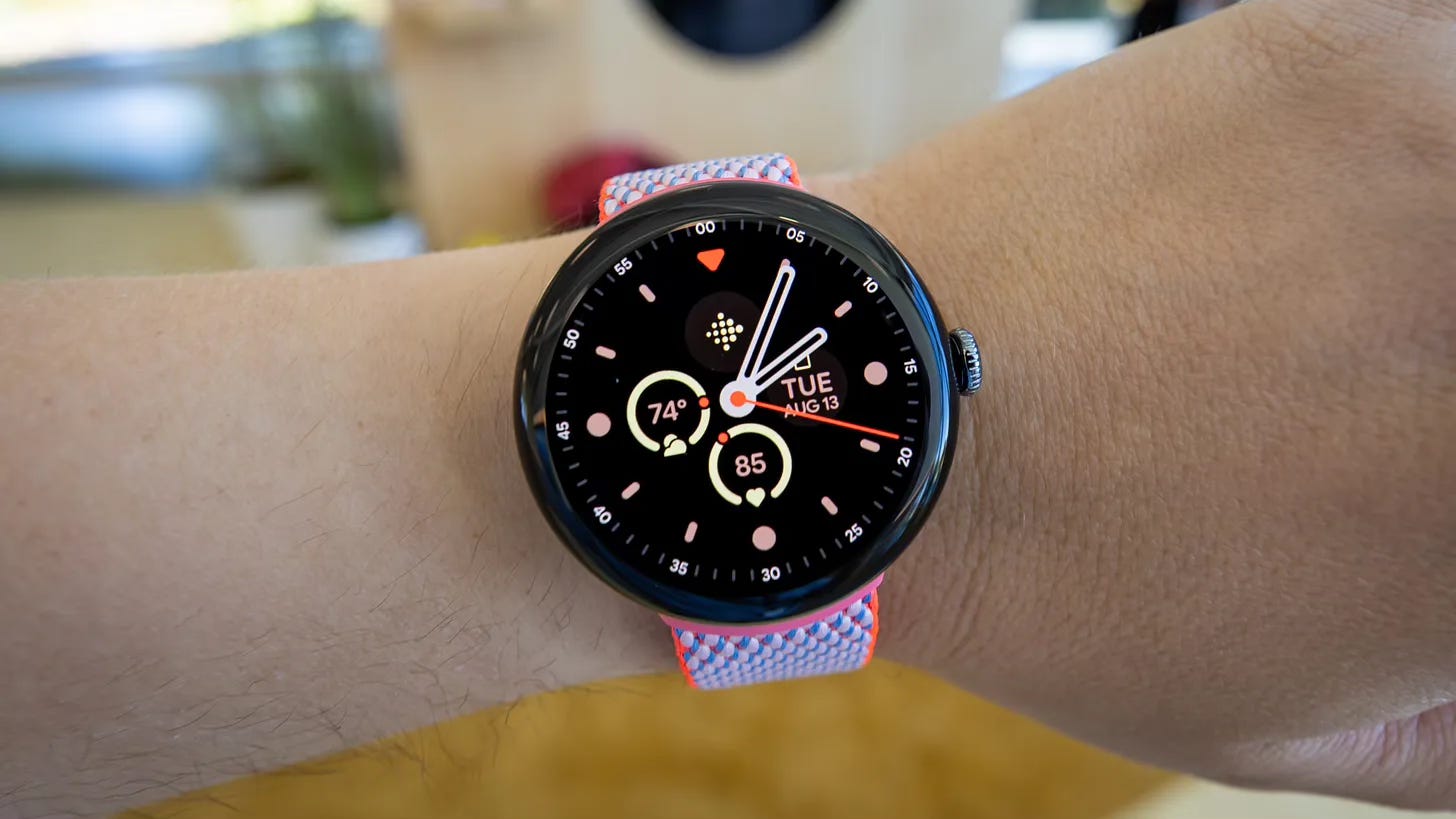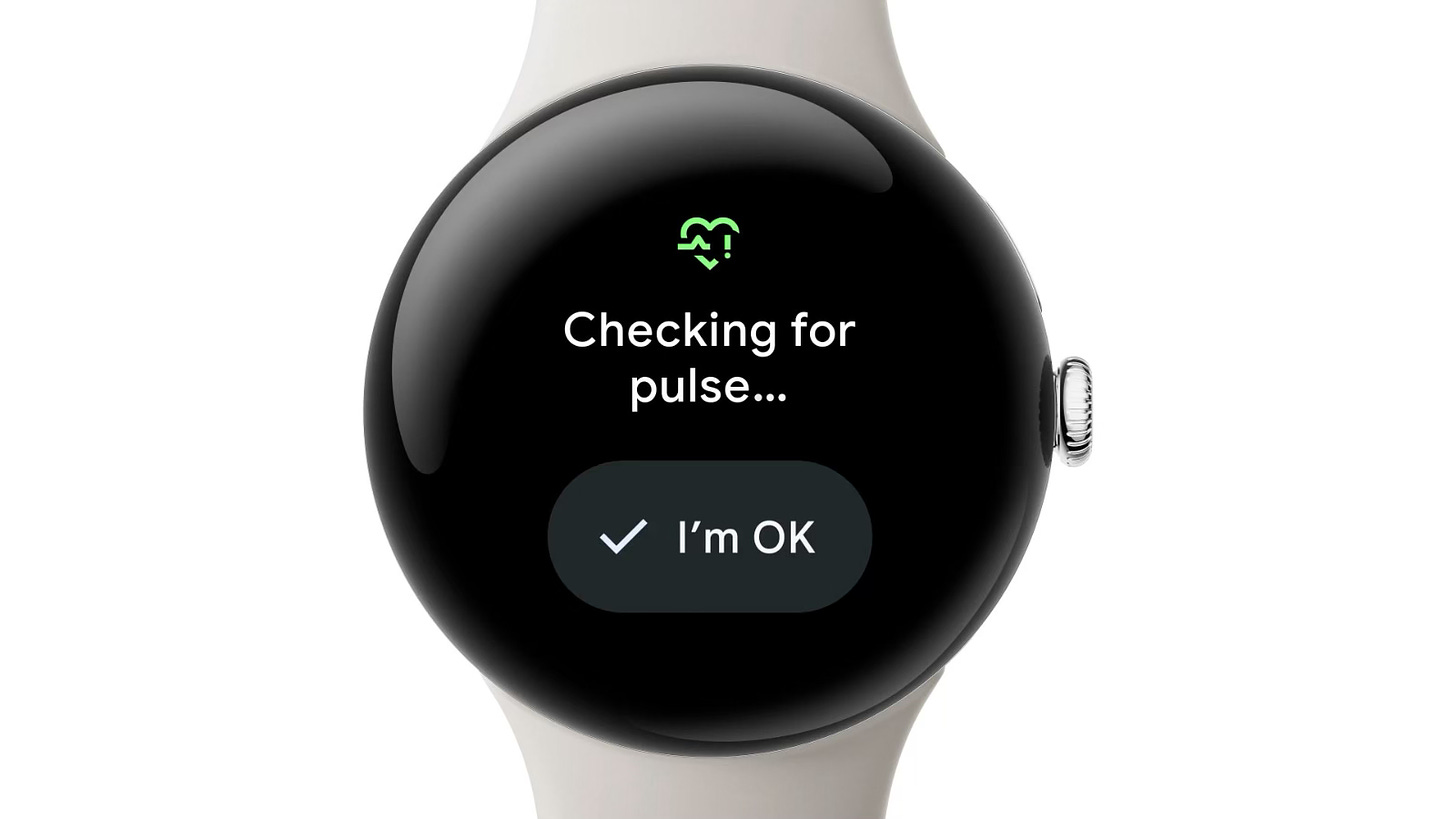
Google's ‘Loss of Pulse Detection’ on the Pixel Watch 3 could save your life one day
The Google Pixel Watch 3 has a new life-saving feature that’s a competitive advantage over the Apple Watch Series 10
❤️ Google’s Loss of Pulse Detection is coming to the Pixel Watch 3
🔬 It uses advanced AI and information from the watch’s sensors
🚑 It calls emergency services if it detects you don’t have a pulse
🌍 Coming first to Europe, later to the US when regulators approve it
🍎 The Apple Watch doesn’t have this life-saving feature – yet
The Pixel Watch 3 was just announced at Google’s big event in Mountain View, and it seems like a solid upgrade from the Pixel Watch 2, at least on paper. With a bigger 45mm size, faster performance, and more accurate fitness tracking, Google is starting to hone in on an all-around solid smartwatch.
But perhaps the most interesting feature is one that didn’t get a lot of attention out of the gate, then went viral right after we published our Pixel Watch 3 hands-on. Called Loss of Pulse Detection, the feature is designed to help contact emergency services in the event that your watch no longer detects your pulse while you’re wearing it. It’s a remarkable addition to Google’s health and safety features on the watch, and it’s all thanks to the company’s meticulous research and advanced AI capabilities.
Check out more from the Made by Google event with our Pixel 9, Pixel 9 Pro, Pixel 9 Pro XL, Pixel 9 Pro Fold, and Pixel Buds Pro 2 hands-on reviews.
How does Loss of Pulse Detection work on Pixel Watch 3?
🔬 Research, research, research. Google had to do a lot of research to develop Loss of Pulse Detection. After all, it isn’t like they can test it in real-life scenarios, let alone be observed. So, the company turned to artificial intelligence, digital signal processing, and data from clinical studies to work on it, and the end result seems pretty compelling.
✨ Sensors, AI, machine learning –a bit of everything. The Pixel Watch 3 uses various signals from its sensors, AI, and signal-processing algorithms to detect pulselessness. It first uses the green lights in the heart rate sensor, then falls back on infrared and red lights to look closer for signs of a pulse. If no pulse is detected, the motion sensor begins to look for movement, and if that fails, the Pixel Watch determines you’ve lost your pulse and could be in trouble.
❤️ Here’s when it kicks in. If there is no pulse, a prompt appears on your watch asking you to confirm you’re okay. If you fail to do so, your watch will sound an alarm and begin a countdown to contact emergency services. Unless you intercept the countdown, a call will be placed using the LTE on your Pixel Watch 3 and share with the operators your location and the fact you have no pulse.
Google says it worked closely with cardiologists to gain insights into how a loss of pulse would manifest on the watch. Those insights influence the algorithm that’s backed up by hundreds of thousands of hours of user data to determine whether you’re experiencing an emergency or if the watch might’ve misread the situation. The company even hired stunt actors to play out bodily movements that occur if you were to lose your pulse in order to understand the implications more closely.
When is it available?
🌍 Europe first, then the US Google says that the feature will roll out first to various countries in Europe such as the UK, France, Austria, Denmark, Ireland, the Netherlands, Norway, Sweden, and Switzerland starting September 3. It’s still awaiting regulatory approval in the United States, so don’t expect it any time soon.
Don’t be surprised if it comes to the Apple Watch, too
🛟 Safety is a competitive game. Google has been making a lot of progress in building up its health and safety features on its products. Loss of Pulse Detection joins other features like irregular heart rate detection, Satellite SOS, car crash detection, fall detection, and more, making the Pixel Watch 3 a solid safety companion.
Of course, the Mountain View conglomerate isn’t the only one prioritizing your safety. Apple has made a huge deal about its products serving as potentially life-saving devices thanks to features like Emergency SOS, crash detection, fall detection, and more. With Google adding Loss of Pulse Detection to the Pixel Watch, it’s easy to predict that Apple has to at least be thinking about bringing it to the Apple Watch.
It’s an advantage that Google will have over Apple until the Apple Watch can do the same thing, which isn’t going to sit well with the competitive nature of Apple’s marketing team. Adding the feature to the Apple Watch would also help the Cupertino company catch up to Google in the AI department. Given that the feature is driven primarily by what artificial intelligence is predicting, it’s easy to imagine that Apple Intelligence will somehow implement the feature in watchOS down the road.
Is there a chance it arrives on the rumored Apple Watch Series 10? I can’t say. We haven’t heard rumors about it being a possibility, and it doesn’t look like Apple is going to be very aggressive with AI outside of the iPhone and Mac, at least not yet. Down the line, however, it would be in Apple’s interest to expand its safety features list and duplicate what Google’s done here.















